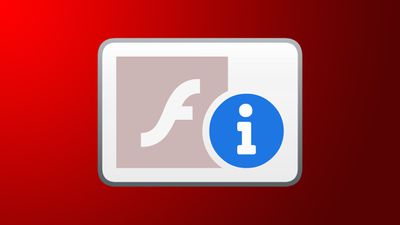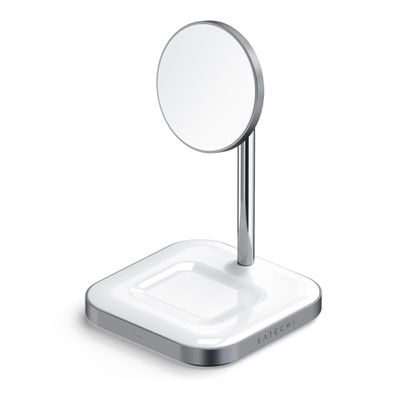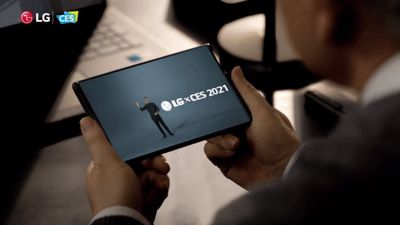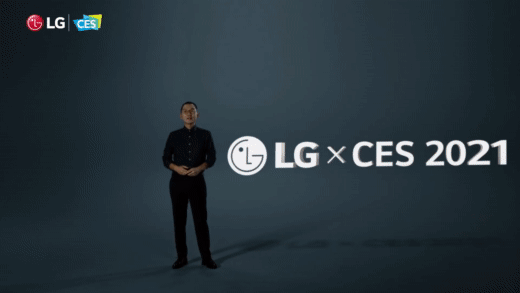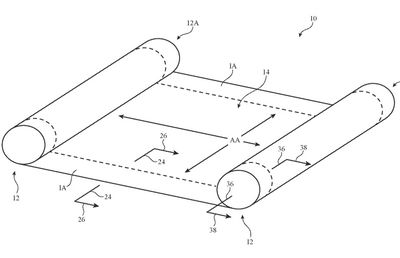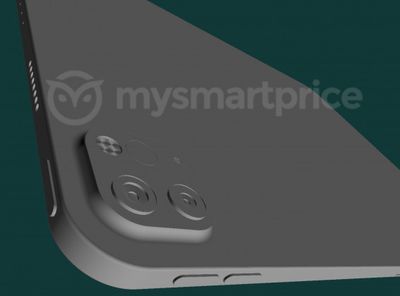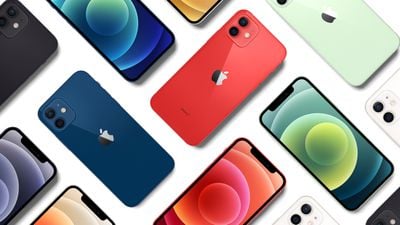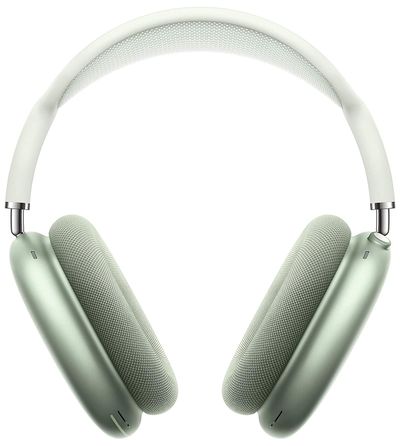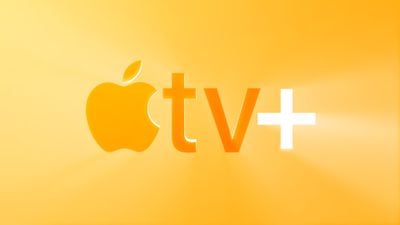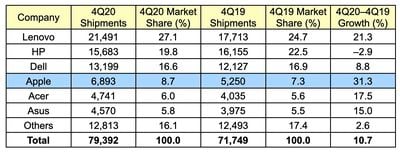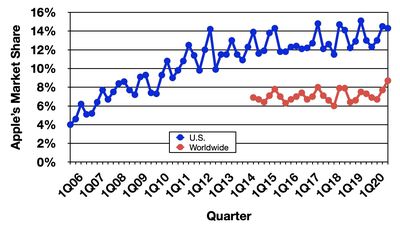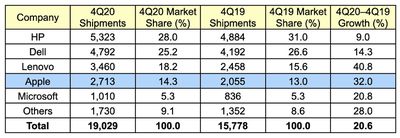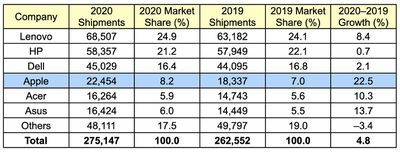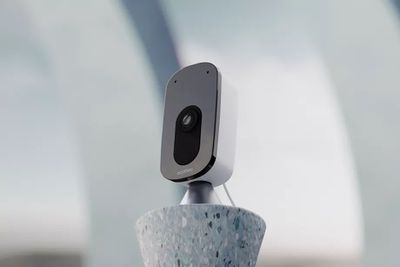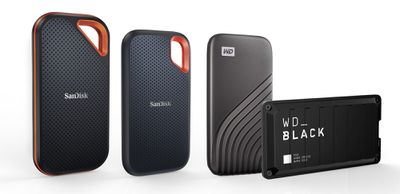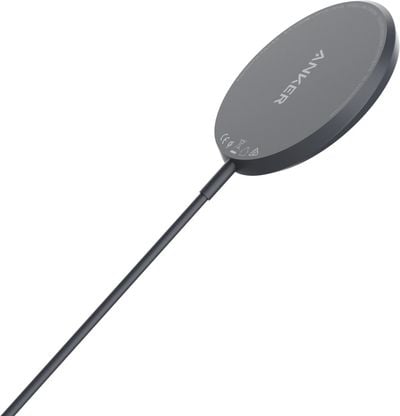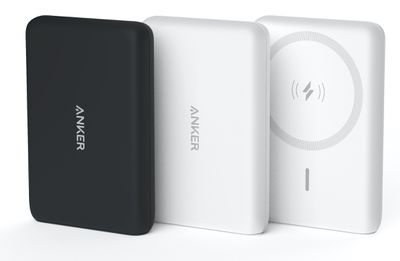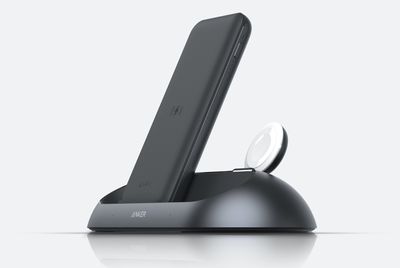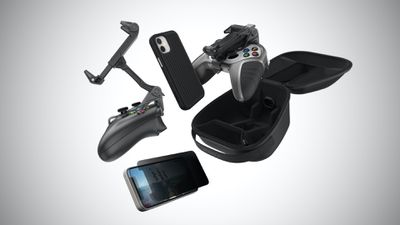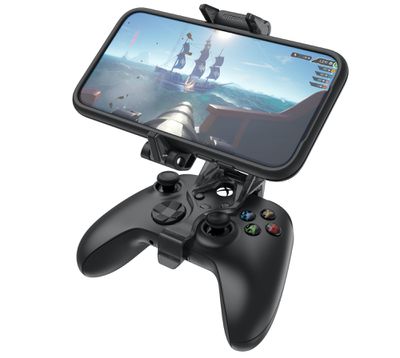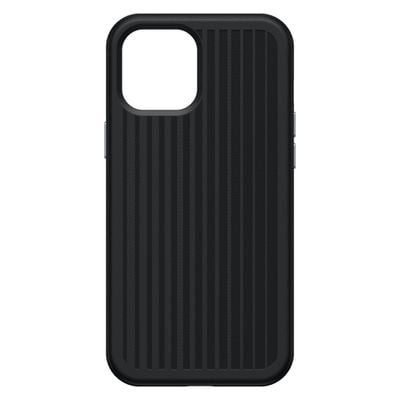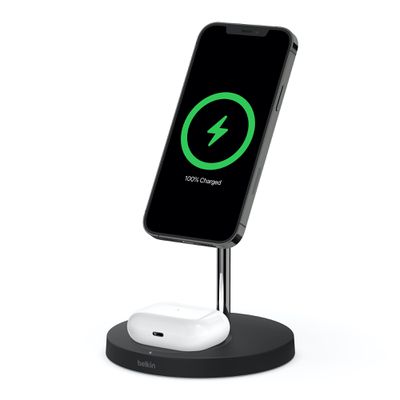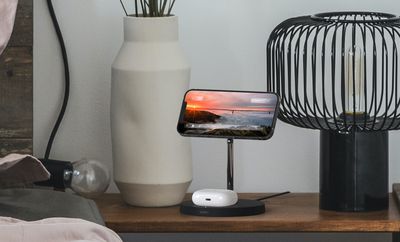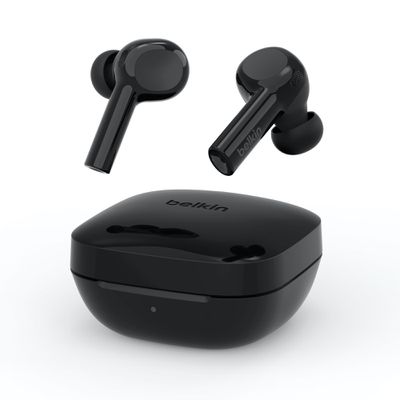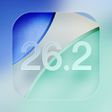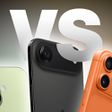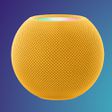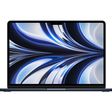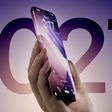Apple is researching a number of unique iPhone cases that can charge AirPods, as well as other accessories, according to newly-granted patent filings.

The patent, spotted by AppleInsider, titled "Cases and folios for carrying and charging accessories" and was granted by the United States Patent and Trademark Office. While the patent predominantly "relates to a case for retaining a portable electronic device and an accessory," suggesting that it could apply for virtually any external accessory, the majority of the images included in the filing clearly feature AirPods.
The described embodiments relate generally to protective cases and covers for electronic devices. More particularly, the present embodiments relate to cases and covers that receive and retain portable electronic devices as well as electronic accessories, such as earphones, and that provide or facilitate charging of the electronic accessories or the electronic devices.
The filing outlines a wide range of different configurations for storing and charging AirPods or other electronic accessories within an iPhone case, including "a folio, a wallet, a flap, a cover, an enclosure, a holster, a clip, a sleeve, an armband, or suitable combination hereof." Specifically, it covers cases with "a cavity that generally corresponds to the dimension of an accessory" and a number of terminals, as well as a battery.
If the case variant contains a battery, it can be charged via a terminal from the device in the case. This battery can then charge accessories via another terminal. Apple also highlighted that cases could communicate with the device inside and accessories via NFC and have "a slotted compartment to store money and credit cards."
One of the main designs for the case depicts AirPods being charged within a long, raised section on the front of a folio.
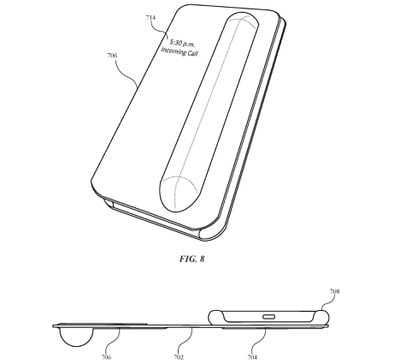
The patent adds that some cases could "include a display that displays information supplied by the electronic device and/or the electronic accessory, such as a level of charge of the electronic device and/or the electronic accessory," and illustrates how a small display could display the time and an incoming call on the front of a folio case.
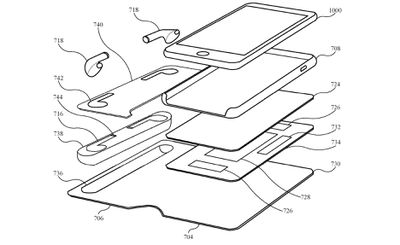
Another less well-developed case design features "two openings, one at each end for receiving accessory devices," on the top of a case. Each opening contains "a charging terminal in between for energy transfer between the receptacle and the accessory devices." AirPods or other accessories "can be retained through frictional fit, magnetic coupling, or both."
Unlike the folio design, this variant is less invasive and more lightweight. However, it leaves much of the AirPods exposed and offers less protection. It is also unclear if this slimmer design is able to include a battery for charging, or if it solely relies on the iPhone itself for power.
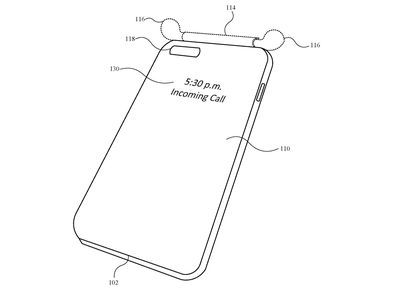
Other case variants visualize AirPods being charged on the back of a case in a design that appears to be similar to the MagSafe Wallet.

It may be important to contextualize this patent with the understanding that Apple is increasingly interested in its accessories segment, which has been bolstered in recent years with Apple Watch bands and MagSafe accessories. While patent filings do not necessarily prove what Apple is intending to implement on a consumer product and the contents of many patents never come to market, an iPhone case that can stow AirPods does not seem to be an unfeasible product.
In light of its expanding selection of accessories and increasingly modular approach, an iPhone case for AirPods could offer a compelling option for users that frequently travel with both devices, should Apple ever choose to release the product.


